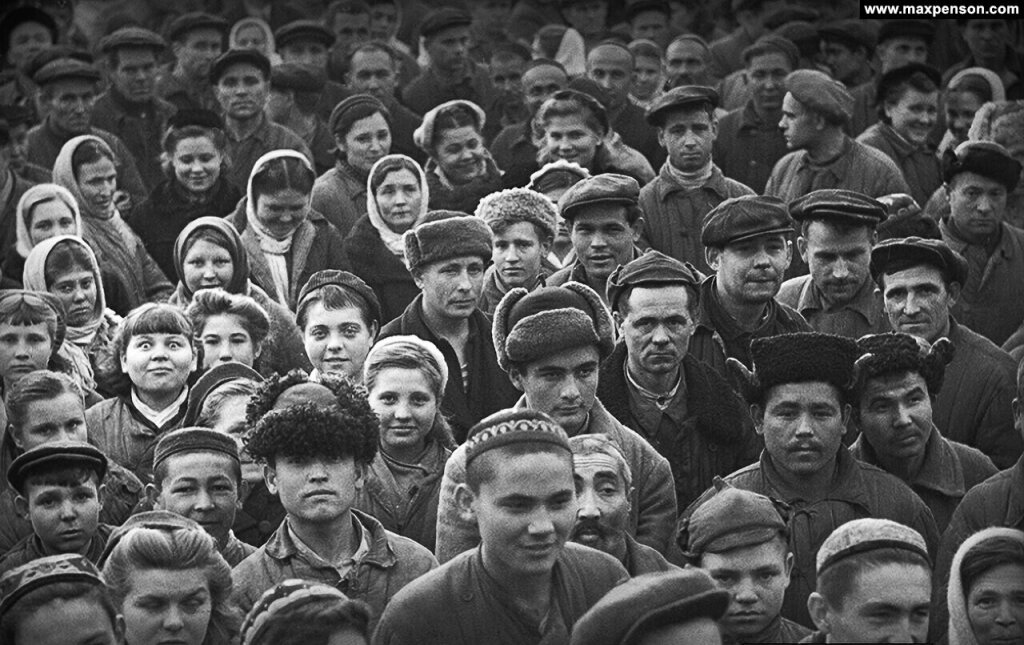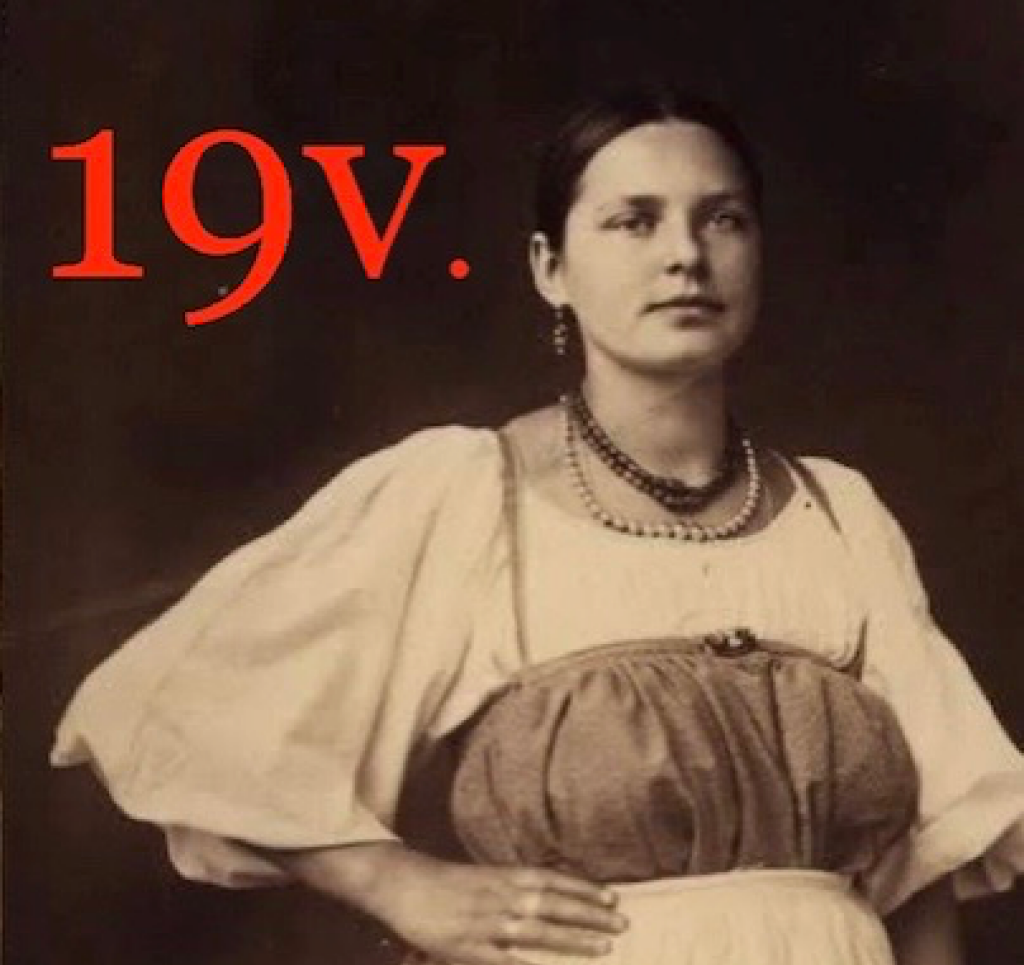Albina Muratbekova is a Senior Research Fellow at the Eurasian Research Institute of Khoja Akhmet Yassawi International Kazakh-Turkish University.
In Soviet foreign policy, the involvement of the Central Asian republics in promoting and maintaining Soviet diplomacy was contingent upon the degree to which being Muslim and of Asian origin was required to further Soviet goals abroad. As a general rule, however, representation of Central Asians in the Soviet power hierarchy was unbalanced and highly limited.
During the years when the Soviet system was first forming, the South Caucasus and Eastern European republics had their own Republican People's Commissariat for Foreign Affairs and were able to conduct their foreign policy as independent entities. Central Asian states whose republics were themselves in the process of forming were, at that time, institutionally excluded from diplomatic activities.
The introduction of the first Soviet Constitution in 1924, and the codification of the central approach to foreign policy with the establishment of the All-Union People's Commissar for Foreign Affairs, precluded the leaders of all Soviet republics from individually engaging with the outside world. Stalin's isolationist policy and the purges of the 1930s only exacerbated this state of affairs. Although a few Central Asians—like chairman of the Central Electoral Committee of the Turkestan Autonomous Soviet Socialist Republic Turar Ryskulov (1894-1938) or the Kazakh ambassador to Saudi Arabia, Nazir Turekulov (1892-1937)—rose to the highest diplomatic ranks in the 1920s, they mostly perished in the Great Purge at the end of the next decade.
The pivotal decision of 1944, when the Soviets opted to include their Union republics in the UN, granted the Central Asian states the authority to conduct their own foreign relations. That year, the Central Asian republics hastily changed their constitution and enshrined their foreign policy establishment by creating the Union-Republican People's Commissariats for Foreign Affairs. In 1946, these Commissariats became Ministries of Foreign Affairs.
Yet the efforts of these bodies were scaled back when only Belarus and Ukraine—apart from the Soviet Union itself—were admitted as founding members of the UN because of their prominent roles in the Second World War. Ultimately, the Central Asian Foreign Affairs Ministries reduced their functions to consular divisions within the All-Union Ministry, with small staffs and limited authority. The majority of their work consisted in creating Soviet citizenships for repatriates from the Chinese region of Xinjiang, historically home to a small Kazakh population. Few people worked in the ministries, and, as an office, the Minister of Foreign Affairs combined responsibilities with other public positions.
Nikita Khrushchev's redefinition of the role of Central Asia in Soviet foreign policy led to the further formalization of the region's diplomatic apparatus in the late 1950s. In addition, the role of Central Asia in promoting the Soviet East in the international arena was reevaluated, and Central Asian representation became essential in positioning Soviet foreign policy toward what was then known as the “Third World.” In displaying their Muslim and Asian populations, the Soviets sought to win the sympathy of the East. Internally, this policy resulted in strengthening the representation and voice of Central Asians within Soviet political spheres. Internationally, this shift in representation facilitated the introduction and promotion of Central Asian heritage.
Since that time, the Soviet state deployed Central Asian people whenever Soviet geopolitical goals required signaling a belonging to the East. Central Asian representatives formed an essential part of the team in various high-level delegations to Asia, Africa, and the Middle East. Through Khrushchev’s Eastern policy, figures like Tajikistani politician Nuritdin Mukhitdinov (1917-2008) and the historian Bobojon Gafurov (1908-1977) attained considerable prominence, authority, and influence at the top of the Soviet political hierarchy. Simultaneously, the Foreign Ministries of the Central Asian republics were allowed to extend their functions, expanding certain consular services, including engagement with the United Nations, and preparing documents for Soviet residents traveling abroad.
Despite abandoning Khrushchev's reformist path, Leonid Brezhnev furthered the significance of Central Asia in Soviet diplomacy in the East. For instance, Sharof Rashidov (1917-1983), the first secretary of the Uzbek SSR, became the chief mediator with the global South. He was one of the few politicians from Central Asia who represented the Soviet Union in countries like Indonesia, Burma, China, and Vietnam. During this same period, Central Asian capitals became showcases for modernity and development withinthe Soviet Union.
The reforms of Mikhail Gorbachev at the end of the 1980s ushered in a new period in the history of Central Asian foreign policy. Under glasnost, Central Asian ministries became more active as official diplomatic entities. They expanded the development of their foreign policy organizations, as well as their functionalities. Glasnost also helped uncover problems within the operations of the republics’ Foreign Affairs Ministries, including financial difficulties, a lack of opportunities to advance, a shortage of spots at crucial institutions for diplomatic training, and a lack of options for foreign language study.
Throughout Soviet history, Central Asian politicians tended to be marginalized in decision-making processes, with very few individuals entering the inner circle of the Politburo. Although Central Asians could become important as agents of the Soviet Union abroad, particularly in the Global South, their voices were not influential at the highest levels of diplomatic structures. Although the Soviet leadership consulted with Central Asians at various points, it is unclear how substantive these consultations were.
The centralized structure of the Soviet system and the opaqueness of decision-making hindered the potential of talented individuals to achieve the highest positions. Apart from a few successful cases when Central Asians were used as interlocutors and were at the forefront of Soviet foreign policy, their potential was never fully exploited.
In a similar vein, the capacity to reach the highest diplomatic ranks was quite limited. Between 1954 and1988, out of 856 appointments made to the post of Extraordinary and Plenipotentiary Ambassador of the USSR, only two were for people hailing from the Kazakh SSR, and 14 total from all the Central Asian republics. Over the whole Soviet era, just two Kazakhs, four Uzbeks, two Tajiks, one Turkmen, and one Kyrgyz (who declined the honor) were appointed ambassadors.
The capacities of diplomatic personnel in the republican ministries were also very limited. For instance, during the tenure of Muslim Bazarbayev (1927-1995) as Foreign Minister of the Kazakh SSR (1976–1981), he embarked on only one foreign trip—to the Congo, as part of the Soviet Afro-Asian Solidarity Committee. Nearly every foreign minister within the Soviet-era Central Asian republics ended up integrating their role with those of other governmental officials.
In sum, the Central Asian republics had little say or representation in Moscow's foreign policy. Moreover, their institutional design precluded them from engaging in autonomous diplomacy. Despite these obstacles, a very few Central Asians became principal agents of Soviet policy in the East.



